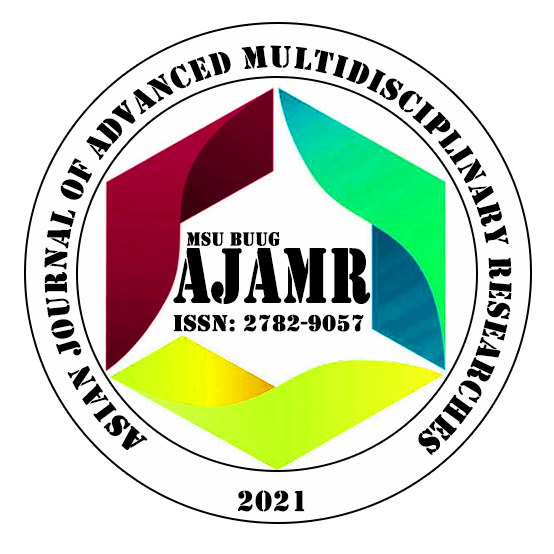

Author: Mechille E. Rellin, Omar Bryan M. Hampong
Science Educators’ Society, College of Education, MSU-Buug Campus, Buug Zamboanga Sibugay, Philippines
Email: mechillerellin@msubuug.edu.ph
ABSTRACT
The Pomacea canaliculata is one of the most successful invasive species that are capable of destroying a wide range of plants especially rice
fields. The dynamic environment of rice fields and farmers’ management practices to control pests may trigger these organisms to change
their morphology and genetics. Thus, this study is conducted to observe the phenotypic variations of P. canaliculata in relation to rice varieties and geographic distance. This study used landmark-based geometric morphometric analysis to evaluate the morphology of golden apple
snails. The samples of P. canaliculata were collected from three different rice varieties within three barangays of Diplahan, Philippines. The
results show that sexual dimorphism and shell shape variations exist within, between, and among the populations of P. canaliculata. Phenotypic plasticity and genetic differentiation may have been the coping mechanisms for P. canaliculata to survive in the rice field environments
and geographic isolation. It is recommended however that more studies be conducted about P. canaliculata’s responses towards different environments not only in rice fields but in other fresh water ecosystems.
Keywords: Pomacea canaliculata, phenotypic plasticity, geometric morphometric analysis, sexual dimorphism, rice varieties, geographical
distances